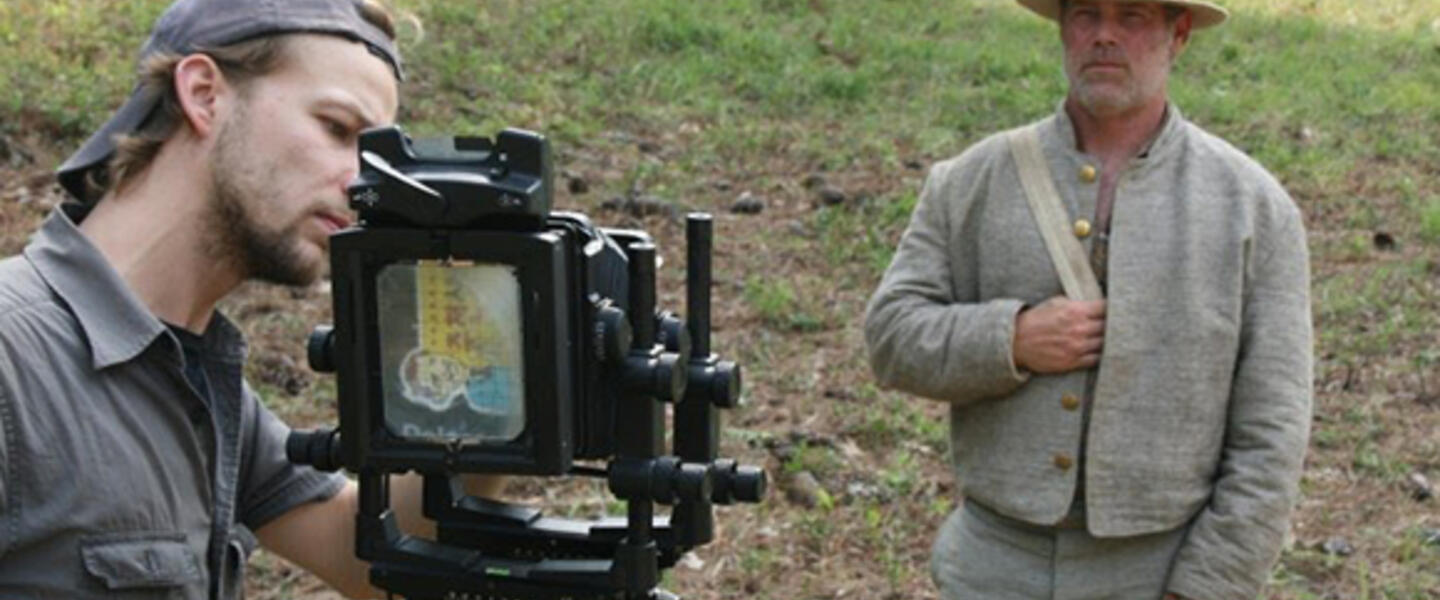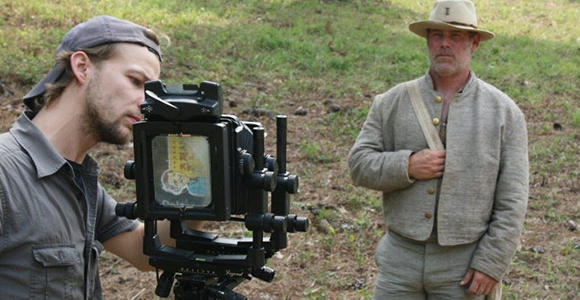
Section Branding
Header Content
Outfitting the Civil War: Jewish Contributions to the Garment Industry
Primary Content

Last week we launched our series 37 Weeks which looks back on Sherman's march to the sea in Georgia. As you watch those videos, you and your studios may notice the uniforms the soldiers war to identify whether they were Union or Confederate soldiers. Many of those uniforms were made by Jewish merchants.
Jeremy Katz from the Breman Museum shares the history of Jewish involvement in the war as uniform makers.
The “Shmatta” Trade
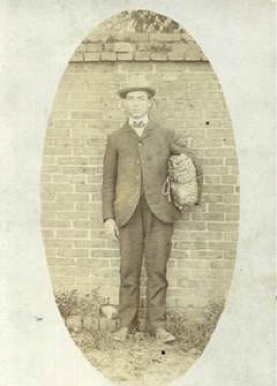
Jews not only served in high numbers during the Civil War, roughly 3,000 for the Confederacy and 7,000 for the Union, but they also played a significant role in outfitting troops on both sides of America’s bloodiest conflict. Their efforts laid the groundwork for the post-war expansion of the ready-made clothing trade and future generations of Jews to flourish in the garment industry, legacies that exist until the current day.
Jewish Suppliers in the North
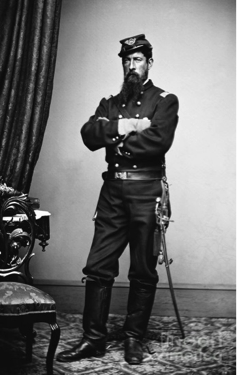
When the Civil War broke out, both Union and Confederate forces swelled in rank. By the end of the war, millions had served on both sides of the conflict. Therefore, the need to outfit these soldiers was of the utmost importance. Jewish garment manufacturing firms such as Macks, Heidelbach, Rindskopf, Glasers, and Stadlers were awarded many of the contracts to produce uniforms for the Union army.
Jewish Suppliers in the South
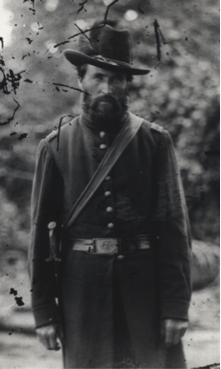
Meanwhile, the south did not possess the infrastructure to mass produce uniforms. In fact, enlistees were initially expected to supply their own uniforms. There were some Jewish owned firms that produced uniforms such as Simon Rothschild & Brother, which produced fifty-five hundred uniforms by April, 1862. Instead, the Confederacy imported their supplies and uniforms from a Jewish owned firm in England, S. Isaac Campbell & Company, which became one of the largest contractors for the Confederacy, supplying everything from cloth to rifles and artillery.
Legacies
The efforts of Jewish owned clothing firms to outfit soldiers during the Civil War speeded the expansion of the ready-made clothing industry after the war. Before the conflict, few Jews were manufacturers on a substantial scale. After the war, Jews found themselves at the forefront of many key sectors of the industry. Further, the measurements taken of the millions of soldiers who served during the war provided enough data to accurately predict standardized sizes for the mass manufacturing of uniforms and civilian clothes. Hence today we have small, medium, and large clothes.
“Outfitting the Civil War” Lecture
Join the Breman Museum on Sunday, May 4th, 2014, at 2 pm. for a tour of our exhibit, Return to Rich’s: The Story Behind the Store, followed by a thought-provoking presentation at 3 p.m. on Jewish involvement in the garment industry during the Civil War by Dr. Adam Mendelsohn, Associate Professor of Jewish Studies at College of Charleston. Admission: Members free, Adults $12, Seniors $8, Educators/Students $6, Children (4-6) $4, Children (under 4) Free. Free parking. This event is presented in partnership with the Atlanta Cyclorama and Civil War Museum.
/>/>/>/>/>/>
